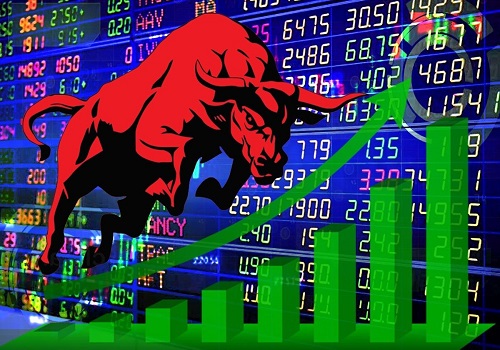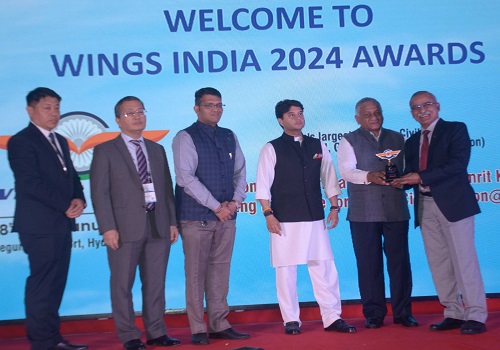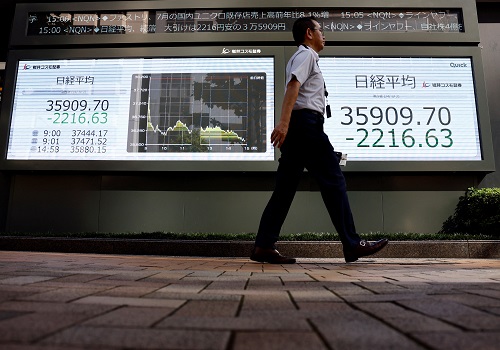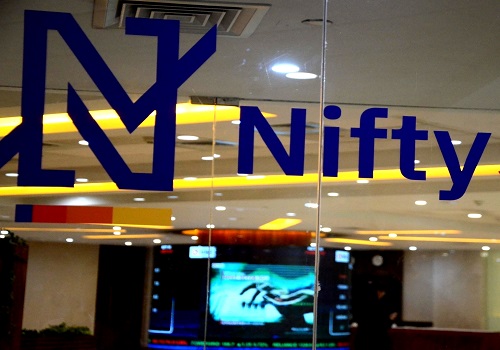China`s Manufacturing Sector Rebounds Amidst Fresh Stimulus Measures by Amit Gupta, Kedia Advisory
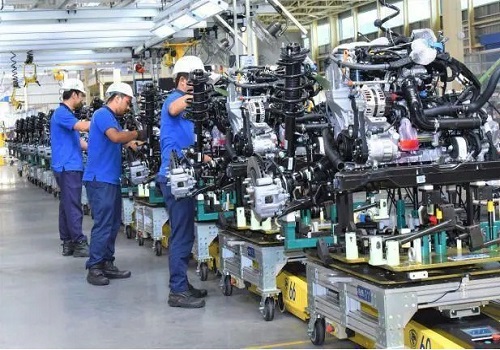
China’s manufacturing activity expanded in October for the first time in six months, with the official PMI rising to 50.1, just above the 50-mark that distinguishes growth from contraction. This modest improvement indicates initial positive effects from recent government stimulus aimed at stabilizing the $19 trillion economy. Further, the non-manufacturing PMI climbed to 50.2, providing additional support for economic recovery in construction and services. However, weak consumer confidence, a struggling property market, and subdued industrial profits continue to pose challenges. Despite these headwinds, policymakers are optimistic that sustained stimulus will foster growth and bolster lending and investment in the coming months.
Key Highlights
* China’s manufacturing PMI in October rose to 50.1 from 49.8 in September.
* Non-manufacturing PMI also climbed to 50.2, signaling improvement in services.
* Recent stimulus aims to stabilize China’s economy and encourage investments.
* Weak industrial profits in September indicate lingering economic challenges.
* Further large-scale stimulus may be implemented to sustain economic recovery.
China’s manufacturing sector has shown signs of improvement, with October marking the first monthly expansion in six months. The official Purchasing Managers' Index (PMI) reached 50.1, surpassing the 50-point threshold separating growth from contraction. This increase from September’s 49.8 reflects a slight but significant rebound driven by policymakers' ongoing stimulus measures aimed at energizing the $19 trillion economy. The non-manufacturing PMI, covering construction and services, also rose to 50.2, offering further evidence of a gradual recovery.
Supporting this shift, recent financial stimulus measures rolled out in late September are intended to boost lending and investment amid challenges such as a prolonged property market downturn and cautious consumer spending. With exports slowing and economic growth decelerating in the third quarter, the government's economic measures come at a critical time to revive momentum. Despite some optimism in the manufacturing data, industrial profits dropped sharply in September, signaling continued pressure on profitability.
Other economic indicators also reveal persistent deflationary trends and a hesitance in loan demand, indicating that the effects of the stimulus may require additional time to stabilize the broader economic landscape. To further counter these challenges, the Chinese government is reportedly considering the issuance of over 10 trillion yuan ($1.4 trillion) in additional debt, intended to solidify recovery efforts and encourage sustained growth.
Finally
China’s latest PMI uptick offers cautious optimism, yet further stimulus is likely needed to sustain economic recovery, address low demand, and support ongoing policy efforts.
Above views are of the author and not of the website kindly read disclaimer










Tag News
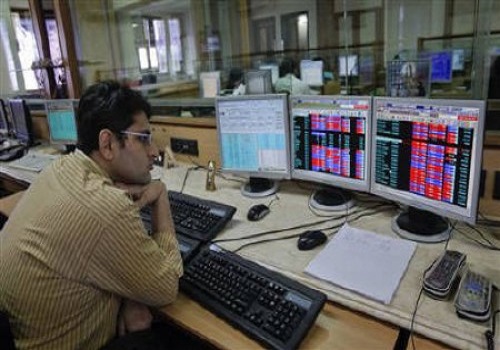
Pre-Market Comment by Hardik Matalia, Derivative Analyst, Choice Broking
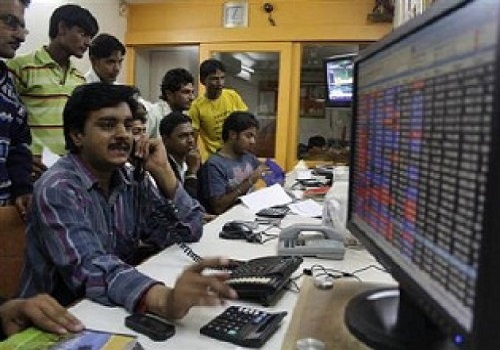
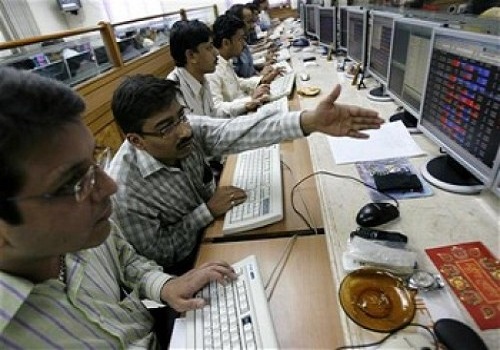

More News

Quote on Real Estate Industry`s Expectations from the New Government by Mr Amit Goyal, Manag...






